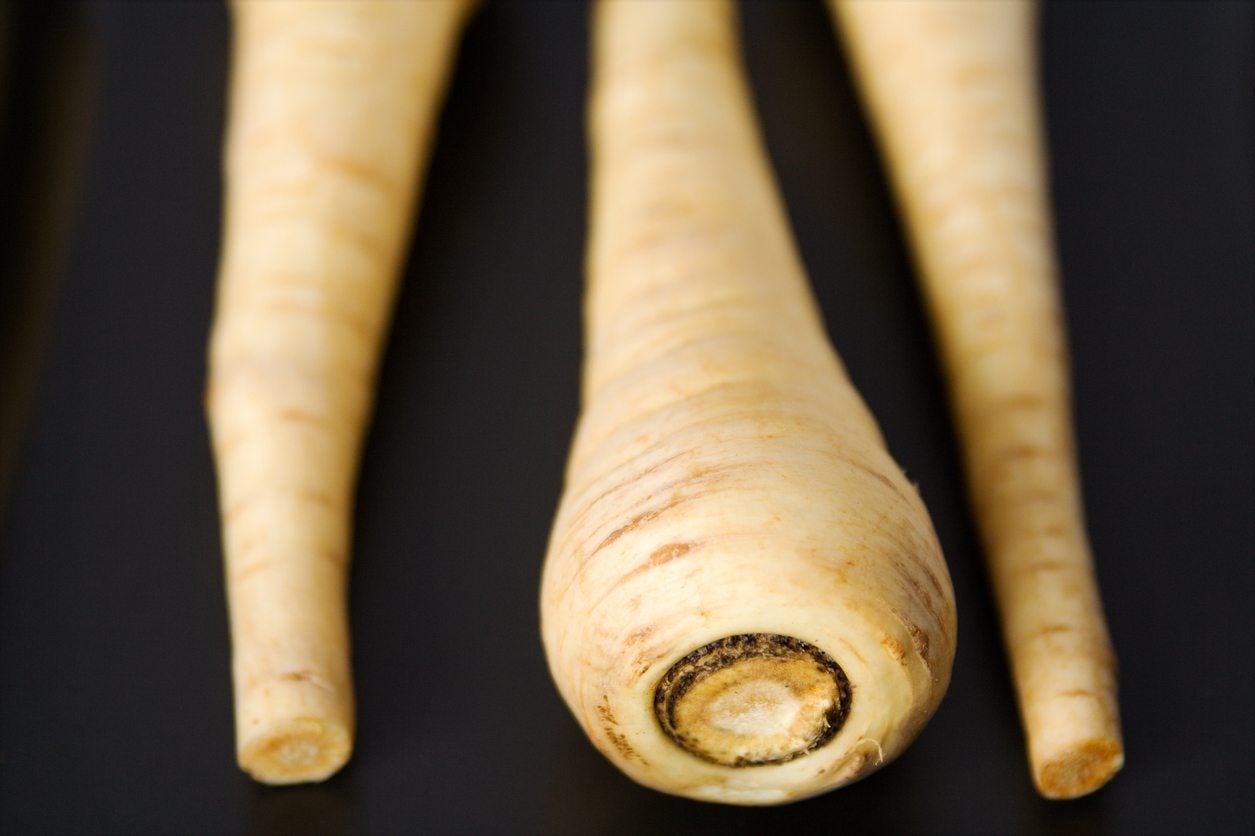Growing Parsnips From Kitchen Scraps – Can You Regrow Parsnips From Tops


Growing vegetables from kitchen scraps: it’s an intriguing idea that you hear a lot about online. You only have to buy a vegetable once, and forever after you can just regrow it from its base. In the case of some vegetables, like celery, this is actually true. What about parsnips? Do parsnips regrow after you’ve eaten them? Keep reading to learn more about growing parsnips from kitchen scraps.
Can You Regrow Parsnips from Tops?
Do parsnips regrow when you plant their tops? Sort of. That is to say, they will keep growing, but not in the way you might hope for. If planted, the tops will not grow a whole new parsnip root. They will, however, keep growing new leaves. Unfortunately, this isn’t particularly good news for eating. Depending upon whom you ask, parsnip greens range from poisonous to just not good tasting. Either way, there’s no reason to go the extra mile just to have more greens around. That being said, you can grow them for their flowers. Parsnips are biennials, which means they flower in their second year. If you’re harvesting your parsnips for the roots, you won’t get to see the flowers. Replant the tops, however, and they ought to eventually bolt and put out attractive yellow blooms that look a lot like dill flowers.
Replanting Parsnip Greens
Planting parsnip tops is very easy. When you’re cooking, just make sure to leave the top half inch (1 cm.) or so of the root attached to the leaves. Place the tops root down in a glass of water. After a few days, some small roots should start to grow, and new green shoots should come out of the top. In about a week or two, you can transplant the parsnip tops to a pot of growing medium, or outside to the garden.
Sign up for the Gardening Know How newsletter today and receive a free copy of our e-book "How to Grow Delicious Tomatoes".

The only child of a horticulturist and an English teacher, Liz Baessler was destined to become a gardening editor. She has been with Gardening Know how since 2015, and a Senior Editor since 2020. She holds a BA in English from Brandeis University and an MA in English from the University of Geneva, Switzerland. After years of gardening in containers and community garden plots, she finally has a backyard of her own, which she is systematically filling with vegetables and flowers.